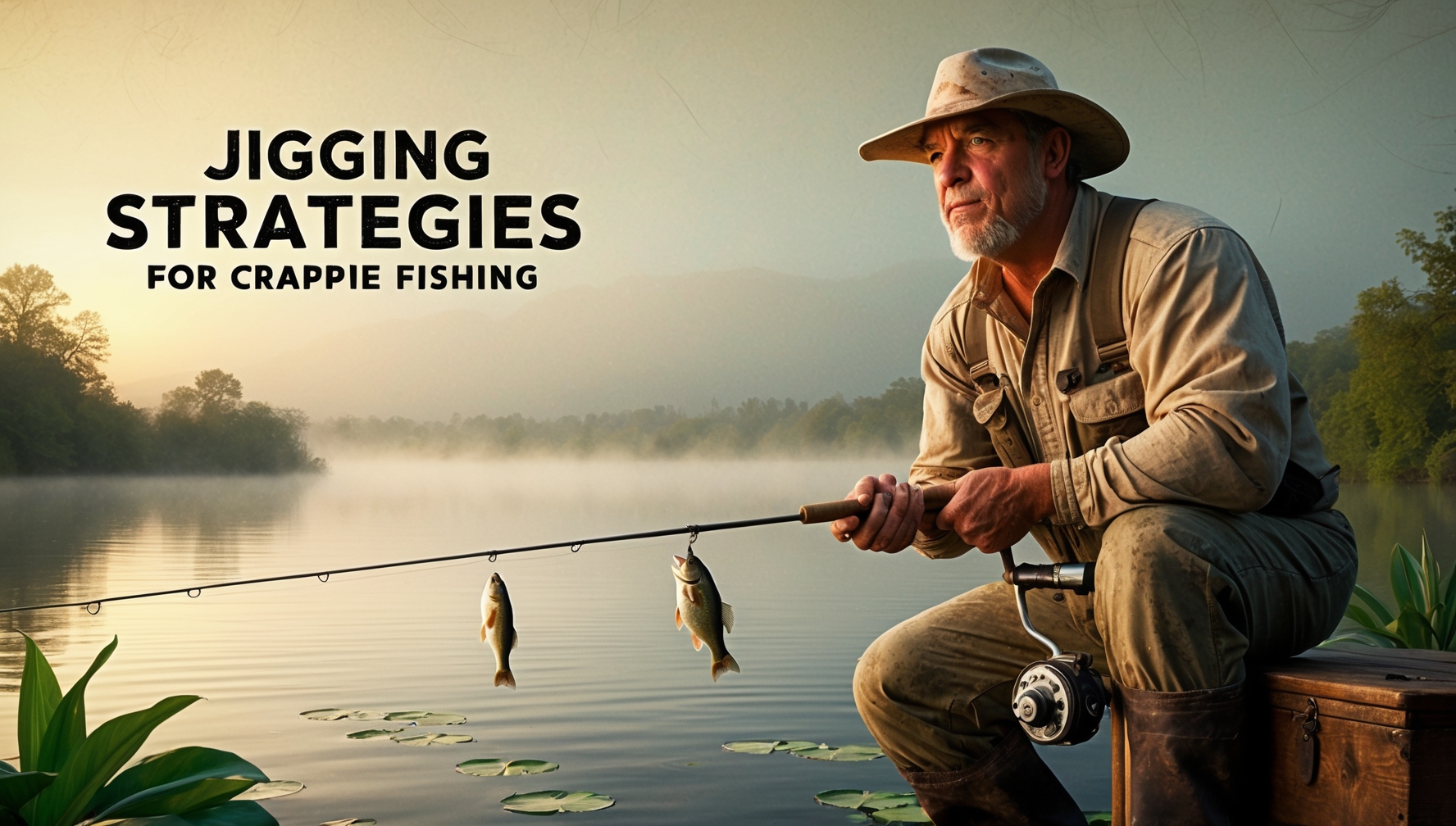Jigging is one of the most effective techniques for catching crappie, a popular freshwater species known for its tasty fillets and exciting fights. Whether you’re fishing in a lake, reservoir, or river, understanding the right jigging strategies can significantly improve your success rate. Here are some essential jigging tips and techniques to help you land more crappie on your next fishing trip.
Selecting the Right Jig
The first step in successful jigging is choosing the right jig. Crappie jigs come in various sizes, shapes, and colors. As a general rule, use smaller jigs in the 1/16 to 1/8 ounce range, as crappie have smaller mouths compared to other fish. The color of your jig should match the water conditions—bright colors like chartreuse, pink, and white work well in murky water, while more natural colors like silver, black, and brown are better in clear water.
Varying Your Jigging Techniques
To attract crappie, it’s important to vary your jigging techniques. Start by experimenting with different jigging motions, such as a slow lift and drop, a rapid twitch, or a steady vertical movement. Crappie often react to subtle movements, so don’t be afraid to try different approaches until you find what works. Pay attention to the fish’s behavior and adjust your technique accordingly.
Finding the Right Depth
Crappie can be found at various depths depending on the season, water temperature, and time of day. In colder months, crappie tend to stay deeper, while in warmer weather, they move closer to the surface or into shallow water. Use a fish finder or experiment with different depths to locate where the crappie are holding. Once you find the right depth, focus your jigging efforts there to maximize your chances of success.
Fishing Around Structure
Crappie love structure, such as submerged trees, brush piles, docks, and weed beds. These areas provide cover and attract baitfish, making them prime spots for crappie. When jigging around structure, cast your jig close to the cover and let it fall naturally. Work the jig slowly, as crappie are more likely to strike when the bait is near the structure. Be patient and prepared to lose a few jigs, as fishing around structure can lead to snags.
Adjusting to Seasonal Patterns
Understanding seasonal patterns is key to successful crappie fishing. During the spring, crappie move into shallow waters to spawn, making them easier to target with jigs. In the summer, they often move deeper to escape the heat, requiring you to adjust your jigging depth. Fall can be a great time for crappie fishing as they feed aggressively before winter, often in mid-depths. In winter, crappie congregate in deeper waters, and slow, deliberate jigging is most effective. Consulting a year-round fishing calendar at Kentucky Lake can help you pinpoint the best times to fish for crappie throughout the seasons.
Using Electronics to Your Advantage
Modern fish finders and sonar technology can greatly enhance your jigging success. Use electronics to locate schools of crappie and determine the depth at which they are suspended. Once you’ve identified a likely spot, position your boat or yourself accordingly and start jigging at the detected depth. Electronics can save you time and increase your efficiency on the water.
Paying Attention to Line Sensitivity
Crappie often bite softly, and detecting these light bites is crucial. Use a sensitive rod and light line, such as a 4- to 6-pound test, to feel even the slightest nibbles. Watch your line closely—if you see it twitch or go slack unexpectedly, set the hook. A high-visibility line can also help you detect subtle bites, especially in low-light conditions.
Conclusion
Jigging for crappie is a highly effective technique that can yield impressive results when done correctly. By selecting the right jig, varying your techniques, and focusing on the correct depth and structure, you can significantly increase your chances of catching crappie. Remember to adjust your strategies based on seasonal patterns and use electronics to locate fish more efficiently. With practice and persistence, you’ll become a more successful crappie angler.
